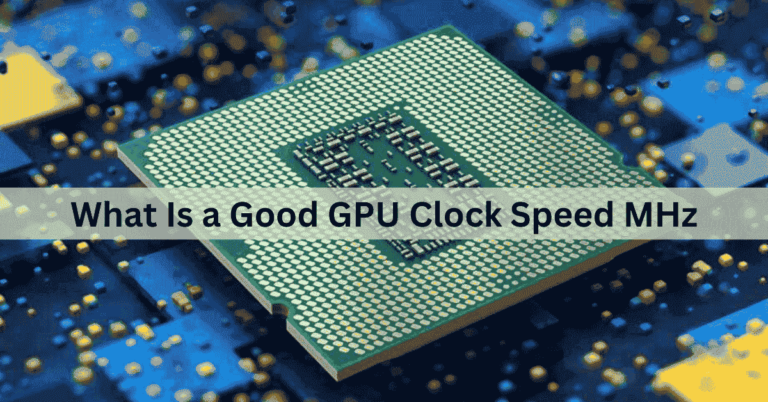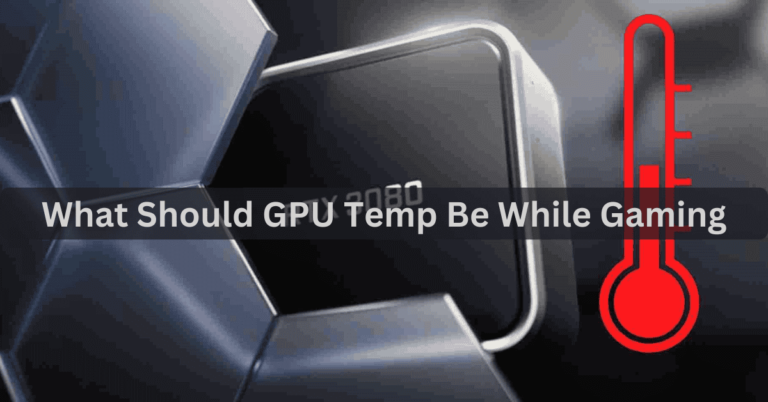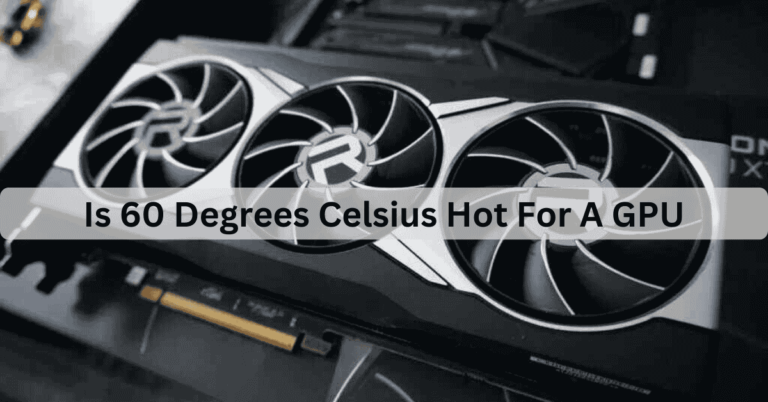What GPU Is Compatible With My MotherBoard – Find Your Perfect GPU Match!
When I upgraded my PC, I was amazed at how crucial it was to find the right GPU compatible with my motherboard. I’ll share my experience to help you avoid expensive mistakes.
To find out what GPU is compatible with your motherboard, check your motherboard’s specifications for PCIe slots, power supply requirements, and dimensions. Research compatible GPUs online or use tools that help match components easily.
This article discusses determining which GPU is compatible with your motherboard, covering key factors like PCIe slots and power supply requirements. This guide will help you make informed decisions for a successful upgrade.
The Ultimate Guide to GPU Compatibility with Your Motherboard!
Choosing the right GPU for your motherboard can be tricky but rewarding. The compatibility between your GPU and motherboard affects performance, system stability, and longevity. In this ultimate guide, we’ll break down everything you need to know, from understanding PCIe slot types to checking power supply requirements and physical fit. Knowing these essentials will save you from potential installation issues and unexpected expenses.
We’ll also explore common mistakes people make when choosing a GPU, as well as tips on future-proofing your system for upgrades down the line. Whether you’re a beginner or a seasoned builder, this guide will walk you through the compatibility process to help you build a system that’s optimised for performance and tailored to your needs.
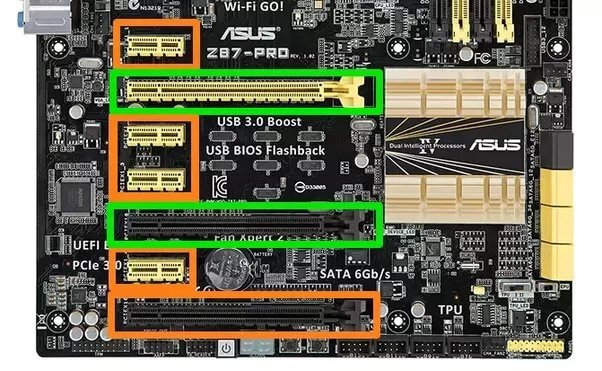
Top Factors to Consider When Selecting a GPU for Your Motherboard!
When choosing a GPU for your motherboard, one of the most important factors is the PCIe slot type and compatibility. Most modern GPUs require a PCIe x16 slot, which is standard on newer motherboards, but it’s essential to confirm that your motherboard has the correct slot to support the GPU’s bandwidth needs. Another key factor is the physical size of the GPU; check your case and motherboard spacing to ensure the GPU will fit without blocking other components.
Power requirements are equally important in GPU selection. Higher-performance GPUs often demand additional power connectors and a higher wattage from your power supply. Be sure your power supply can handle the GPU’s demands to avoid system crashes or instability. These considerations will help you choose a GPU that not only fits but also performs optimally with your setup.

Best GPUs for Popular Motherboard Models!
Best GPUs for ASUS ROG Motherboards:
ASUS ROG motherboards are popular for gaming and high-performance tasks. For models like the ASUS ROG Strix, GPUs such as the NVIDIA GeForce RTX 3060 or AMD Radeon RX 6700 XT are great options. These GPUs offer excellent frame rates and can handle demanding games while fitting well with the motherboard’s power and PCIe requirements.

Ideal GPUs for MSI MPG Motherboards:
The MSI MPG series motherboards support a wide range of GPUs, including the powerful NVIDIA RTX 3070 and AMD RX 6800. Both of these options can take full advantage of the MSI MPG’s advanced PCIe slots and strong power handling, making them great choices for smooth gameplay and multitasking performance.

Recommended GPUs for Gigabyte AORUS Motherboards:
Gigabyte AORUS motherboards work best with high-performance GPUs like the NVIDIA RTX 3080 and AMD Radeon RX 6900 XT. These GPUs pair well with the AORUS series’ features, delivering top graphics performance for intensive tasks and ultra-high-definition gaming. The strong power and cooling support of AORUS boards make them ideal for these high-end GPUs.

Upgrading Your Graphics Card?
Upgrading your graphics card can give your PC a significant boost in gaming, design, and overall performance. Before diving into an upgrade, it’s crucial to check the compatibility between your new GPU and your existing motherboard. Ensuring your motherboard has a suitable PCIe slot, enough physical space, and a compatible power supply will help the new card run smoothly without bottlenecks or hardware conflicts. Doing this pre-check can prevent issues and make the upgrade process faster and more effective.
Beyond compatibility, think about your goals for the upgrade. If you’re looking to run demanding software or achieve higher frame rates in games, investing in a powerful GPU might be worthwhile. On the other hand, for general improvements, mid-range options could offer excellent value without overloading your system. A little planning helps you make the most of your GPU upgrade, transforming your setup with minimal hassle and maximum benefit.

Exploring Power Supply Requirements for Your GPU and Motherboard!
Avoiding Power Supply Issues:
- Insufficient power can cause system crashes, unexpected shutdowns, or prevent the GPU from working at full capacity.
- Check for compatible connectors and ensure the PSU has enough amperage to support your GPU’s power draw.
- Always go for a quality PSU brand, as a reliable power source protects both your motherboard and GPU from potential damage.
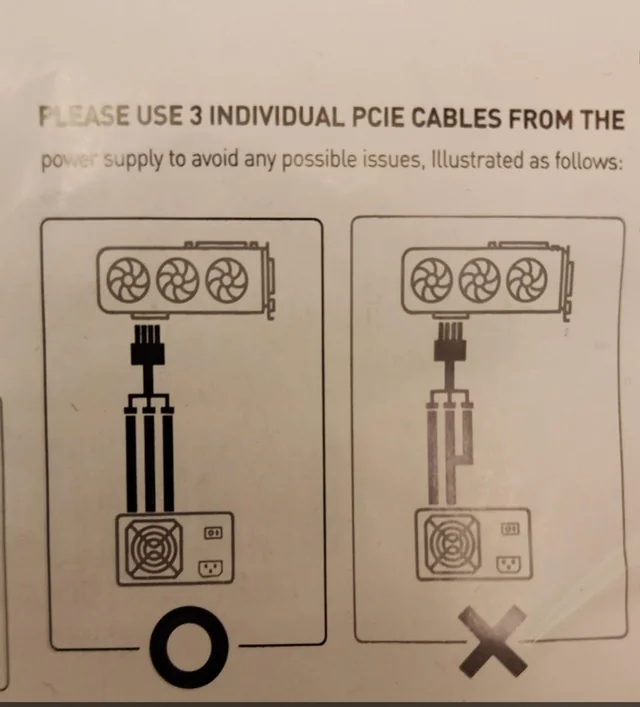
Why Efficient Power Supplies Matter:
- Efficient PSUs (like those with an 80+ Bronze, Silver, or Gold rating) provide consistent power to your GPU and motherboard, preventing performance dips.
- Higher efficiency can also reduce heat output, which helps keep your system cooler and prolongs component lifespan.
- Investing in an efficient PSU helps lower energy costs and supports your system during heavy use, such as gaming or video editing.
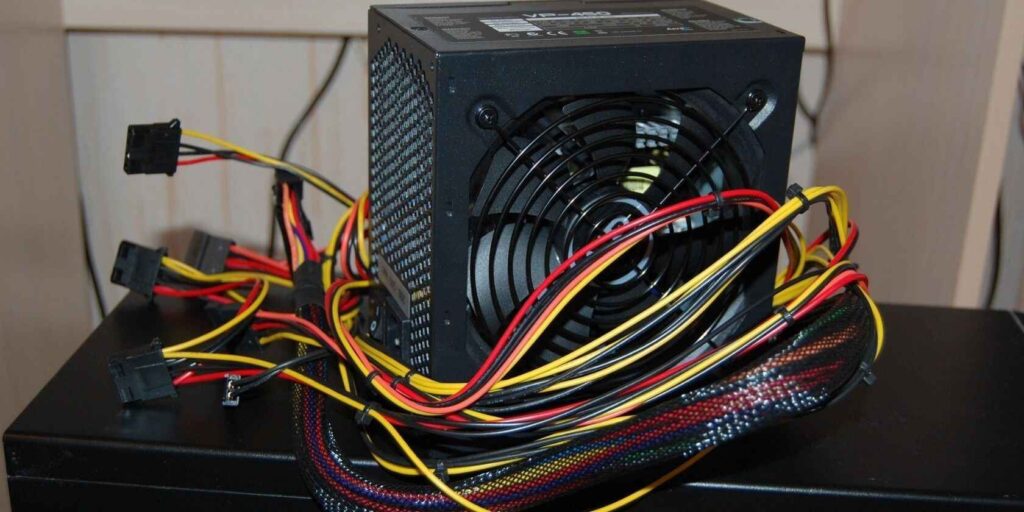
Choosing the Right Wattage for Your Components:
- Basic builds can run with a 400–500W PSU, while gaming or high-performance setups typically need 600W or more.
- Adding a powerful GPU often increases the total power requirement; check the GPU manufacturer’s recommended PSU wattage.
- Using a PSU calculator online can help you estimate your system’s total power needs based on your GPU and motherboard.

FAQs:
How do I know if a GPU will fit my motherboard?
You can check your motherboard’s specifications for PCIe slots and sizes. This will tell you if a GPU will fit properly.
What should I look for in a compatible GPU?
Look for the type of PCIe slot your motherboard has, the power supply requirements, and the physical size of the GPU.
Can I use any GPU with my motherboard?
No, not all GPUs will work with every motherboard. You need to check for compatibility based on slots and power needs.
What happens if I use an incompatible GPU?
Using an incompatible GPU can lead to hardware failures and performance issues, or your system may not boot at all.
Do I need a specific power supply for my GPU?
Yes, different GPUs require different power supplies. Always check the power requirements and ensure your power supply can support it.
How can I find the specifications of my motherboard?
You can find your motherboard’s specifications in the manual, on the manufacturer’s website, or by using system information tools on your computer.
Are there tools to help me check GPU compatibility?
Yes, some online tools and websites can help you match your motherboard with compatible GPUs based on your specs.
Can I upgrade my GPU without changing my motherboard?
Yes, as long as the new GPU is compatible with your existing motherboard, you can upgrade without needing to change the motherboard.
What is the importance of GPU compatibility with my motherboard?
Compatibility ensures that your components work well together, providing the best performance and avoiding potential issues.
How can I find out what GPUs are recommended for my motherboard?
You can search online for lists of recommended GPUs for your specific motherboard model or check forums for user experiences.
Final Words:
In conclusion, selecting a compatible GPU for your motherboard is essential for achieving optimal performance and stability in your setup. By checking key factors like PCIe slots, power supply requirements, and physical space, you can avoid installation issues and costly mistakes. With the right planning, you’ll enjoy a smooth upgrade that enhances your system’s power and longevity.


